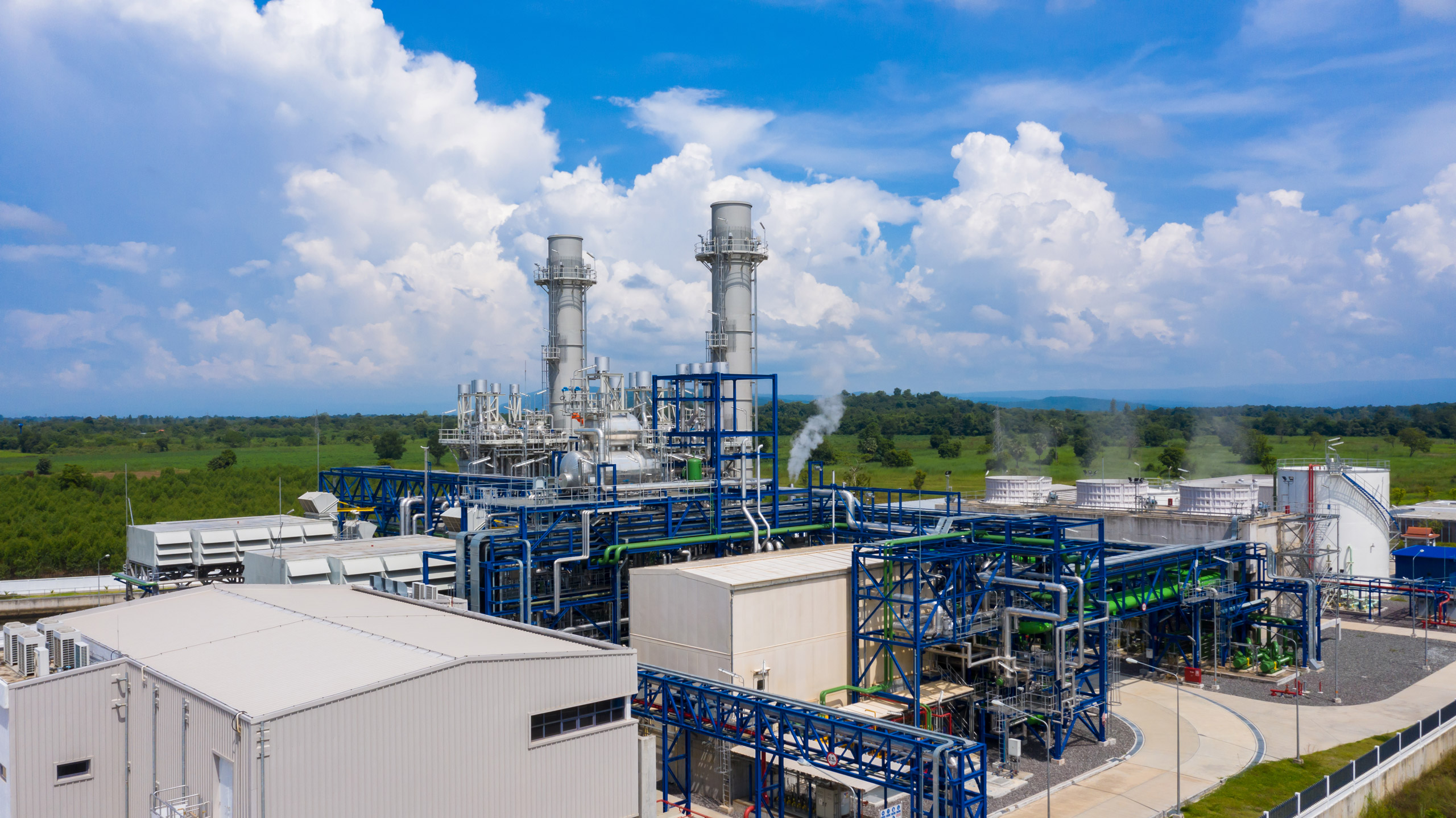
Duration: 1.00 Hrs
Course Level: Intermediate
Languages: English
Capability: Audio, Video, MobileReady
This course is designed to familiarize participants with general operator responsibilities associated with operating a furnace. After completing this course, participants should be able to identify instrumentation used to monitor furnace operating conditions and explain the basic operating principles, temperature control systems, and process fluid control systems. They should also be able to identify conditions that should be checked during furnace operations and explain how to detect and respond to abnormal conditions.
By the end of this course, you will be able to:
Duration: 2.00 Hrs
Course Level: Intermediate
Languages: English
Capability: Audio, Video, MobileReady
This course is designed to familiarize participants with basic procedures for starting up and shutting down a furnace. After completing this course, participants should be able to describe basic procedures for preparing a furnace for startup, establishing the flow of process fluid, and lighting the burners. They should also be able to describe general considerations and basic procedures associated with planned furnace shutdowns and unplanned, or emergency, furnace shutdowns.
By the end of this course, you will be able to:
Duration: 1.00 Hrs
Course Level: Intermediate
Languages: English
Capability: Audio, Video, MobileReady
An important part of an operator’s job when working with any furnace is to make sure that the furnace is running efficiently in order to save fuel, maximize the amount o f heat that is produced, and minimize the amount of heat that is wasted. More importantly, careful furnace operation helps prevent explosions, injury, and damage to equipment.
By the end of this course, you will be able to:
Duration: 1.00 Hrs
Course Level: Intermediate
Languages: English
Capability: Audio, Video, MobileReady
Furnaces are an important source of heat for many industrial facilities. Furnaces, which can also be referred to as fired process heaters, are basically enclosed structures that produce heat by the combustion of fuels. This course will review the major components that make up furnaces, explain how combustion takes place inside a furnace, and identify the different flow paths inside a furnace.
By the end of this course, you will be able to:
Fundamentals
Combustion
Furnace Flow Paths